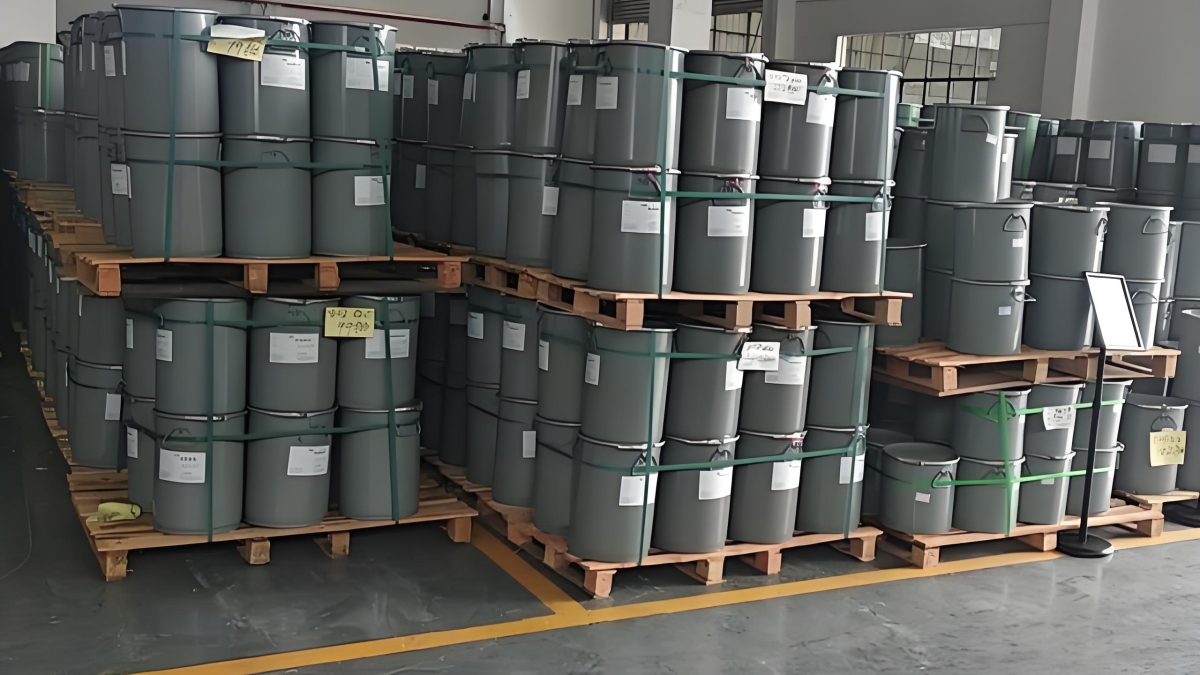When selecting an edge banding adhesive for your panel furniture production line, have you ever found yourself choosing between EVA and PUR edge banding hot melt adhesives? This decision directly impacts the quality, durability, and production cost of your furniture. This article offers a detailed comparison guide on edge banding hot melt adhesives to help you make an informed decision and answer the key question: “Which adhesive is best for edge banding machines?”
What is EVA edge banding hot melt adhesive?
EVA (ethylene-vinyl acetate copolymer) hot melt adhesive is one of the most widely used and traditional adhesives for furniture edge banding. It is a thermoplastic material, meaning it can be repeatedly melted and solidified through heating and cooling.
EVA hot melt edge banding adhesive works by being melted in the glue pot of an edge banding machine, applied to the edge banding tape, pressed against the board, and then cooled and solidified to form a strong bond. Known for its easy operation, fast melting speed, and excellent cost-effectiveness, it is an ideal choice for both manual and automatic edge banding machines. EVA hot melt adhesive is widely used in office furniture, general cabinets, and wardrobes.
What are the main advantages of EVA edge banding hot melt adhesive?
1.Cost-effective — suitable for most furniture edge banding applications.
2.Excellent bonding performance with stable adhesion strength.
3.Easy operation and simple equipment cleaning.
4.Wide applicability — compatible with various edge banding machines, panels, and edge banding materials.
5.Low unit cost for efficient, large-scale production.
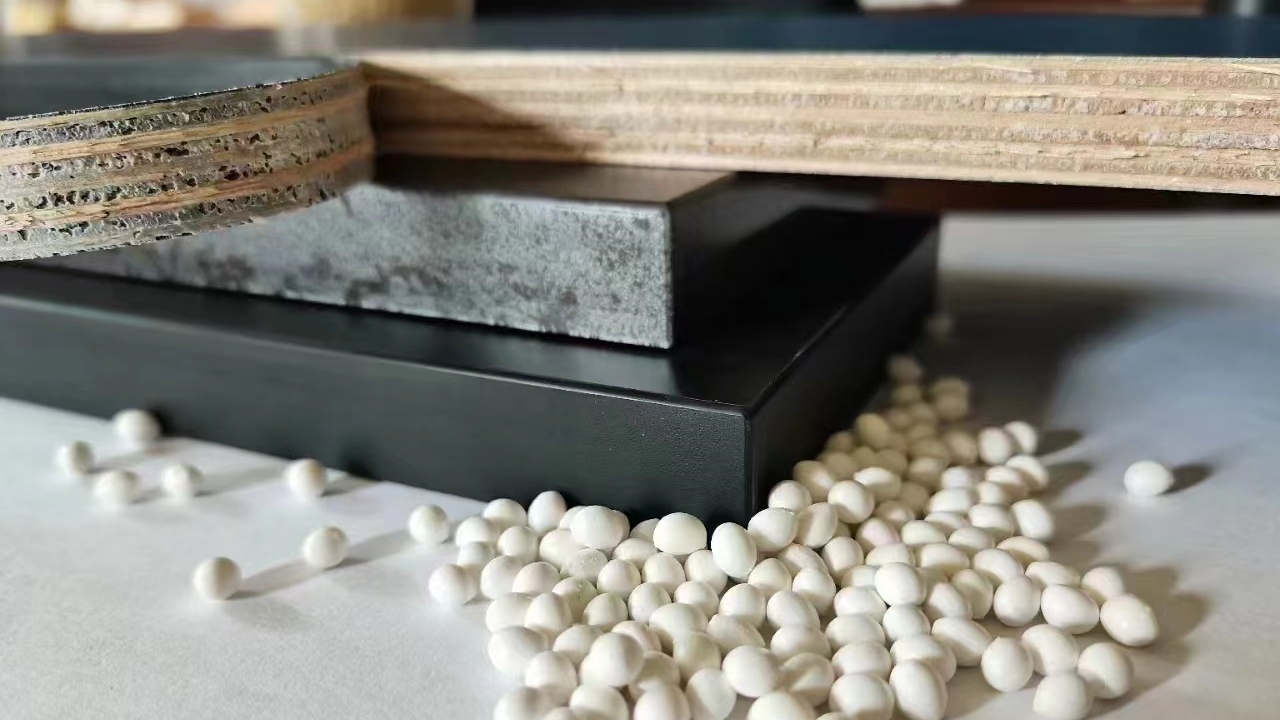
What is PUR edge banding hot melt adhesive?
PUR (polyurethane reactive) edge banding hot melt adhesive is a moisture-curing adhesive. After being heated and melted, it undergoes an irreversible chemical reaction with moisture in the air, forming an exceptionally strong and durable cross-linked structure. Although it is also a type of hot melt adhesive, its curing mechanism is completely different from that of EVA hot melt adhesives.
Compared with EVA hot melt adhesives, PUR edge banding hot melt adhesive provides superior resistance to heat, water, and solvents, making it the preferred choice for high-end and export furniture. It is widely used for kitchen cabinets, bathroom cabinets, wooden doors, outdoor furniture, and other products that must perform well in high-humidity or high-temperature environments.
What are the advantages of PUR edge banding hot melt adhesive?
1. Superior bonding performance — bonding strength is more than twice that of traditional hot melt adhesives.
2.Excellent resistance to heat, moisture, and weathering.
3.Low adhesive application volume, enabling extremely fine and precise edge banding.
4.Outstanding chemical resistance combined with environmental friendliness.
5.Wide applicability — suitable for various types of equipment and substrates.
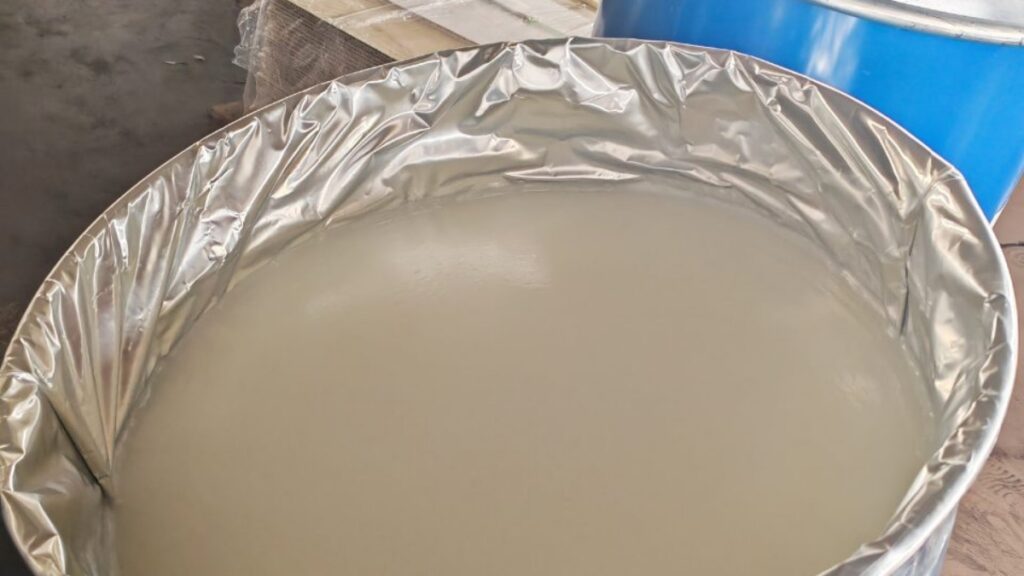
EVA vs. PUR Edge Banding Hot Melt Adhesive: A Comprehensive Comparison of Core Performance
To give you a clearer overview, we’ve prepared a comparison table highlighting the key differences between these two types of edge banding hot melt adhesives.
| Features | EVA edge banding hot melt adhesive | PUR edge banding hot melt adhesive |
| Bond strength | well | Extremely strong, far exceeding EVA hot melt adhesive |
| Curing type | Physical curing | Physical and chemical curing |
| Repairability | Reversible and can be re-bonded by heating | Irreversible, once solidified, cannot be repaired with heat |
| Heat resistance | Normal (may soften at around 60-80°C) | Excellent (resistant up to 120°C) |
| Humidity resistance | Generally | Excellent |
| Chemical resistance | Generally | Excellent resistance to detergents, oils, etc. |
| Durability | Generally | Excellent, stronger than EVA hot melt adhesive |
| Glue line | Relatively obvious | Very thin and beautiful |
| Cost | Low (both adhesive and equipment costs are low) | High (both adhesive and equipment costs are high) |
| Equipment Requirements | Suitable for most standard edge banding machines | Requires a dedicated, enclosed PUR edge banding machine |
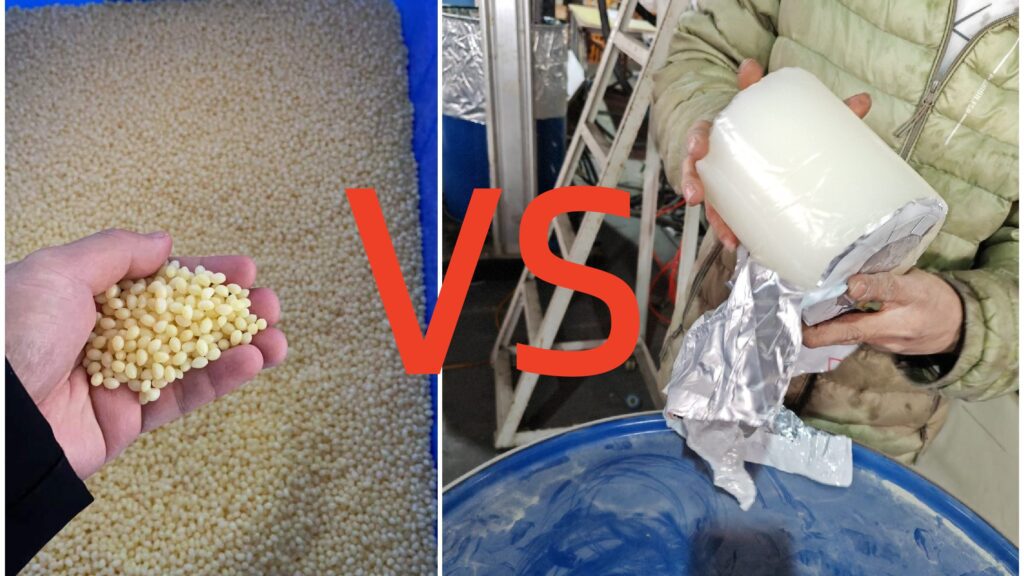
When to choose EVA edge banding hot melt adhesive?
Budget-Friendly: EVA hot melt adhesive offers lower costs and requires less initial investment in edge banding equipment.
General Furniture Production: Ideal for applications such as office and household furniture that are not exposed to high temperatures or humidity.
Wide Material Compatibility: Provides excellent adhesion to common edge banding materials, including PVC, ABS, and wood.
High Production Flexibility: A longer open time allows operators to make precise adjustments during application.
When to choose PUR edge banding hot melt adhesive?
Furniture manufacturers producing high-end cabinets, bathroom cabinets, outdoor furniture, and other premium pieces are prime users of PUR hot melt adhesives. Thanks to their exceptional heat and water resistance, these adhesives can withstand kitchen steam and bathroom humidity, ensuring the edge banding remains firmly bonded and does not peel over time.
For furniture with extremely high aesthetic requirements—such as minimalist designs, luxury showroom furniture, and premium home furnishings—PUR hot melt adhesives are the preferred choice due to their virtually seamless adhesive line.
For furniture used in demanding environments—such as laboratory equipment, outdoor or semi-outdoor applications, and hospital furniture—the excellent chemical and temperature resistance of PUR hot melt adhesives is essential.
For manufacturers pursuing the highest levels of quality and durability, PUR hot melt adhesives offer superior bonding strength and outstanding aging resistance, making them the most reliable solution for establishing a premium brand image and delivering long-lasting product performance.
Summary:
For many furniture manufacturers, EVA hot melt adhesive remains the mainstream choice for edge banding due to its cost-effectiveness and ease of use. However, as global consumers increasingly demand environmentally friendly and high-performance furniture, more manufacturers are turning to PUR edge banding hot melt adhesives—a more export-friendly option ideal for high-quality and premium furniture projects.
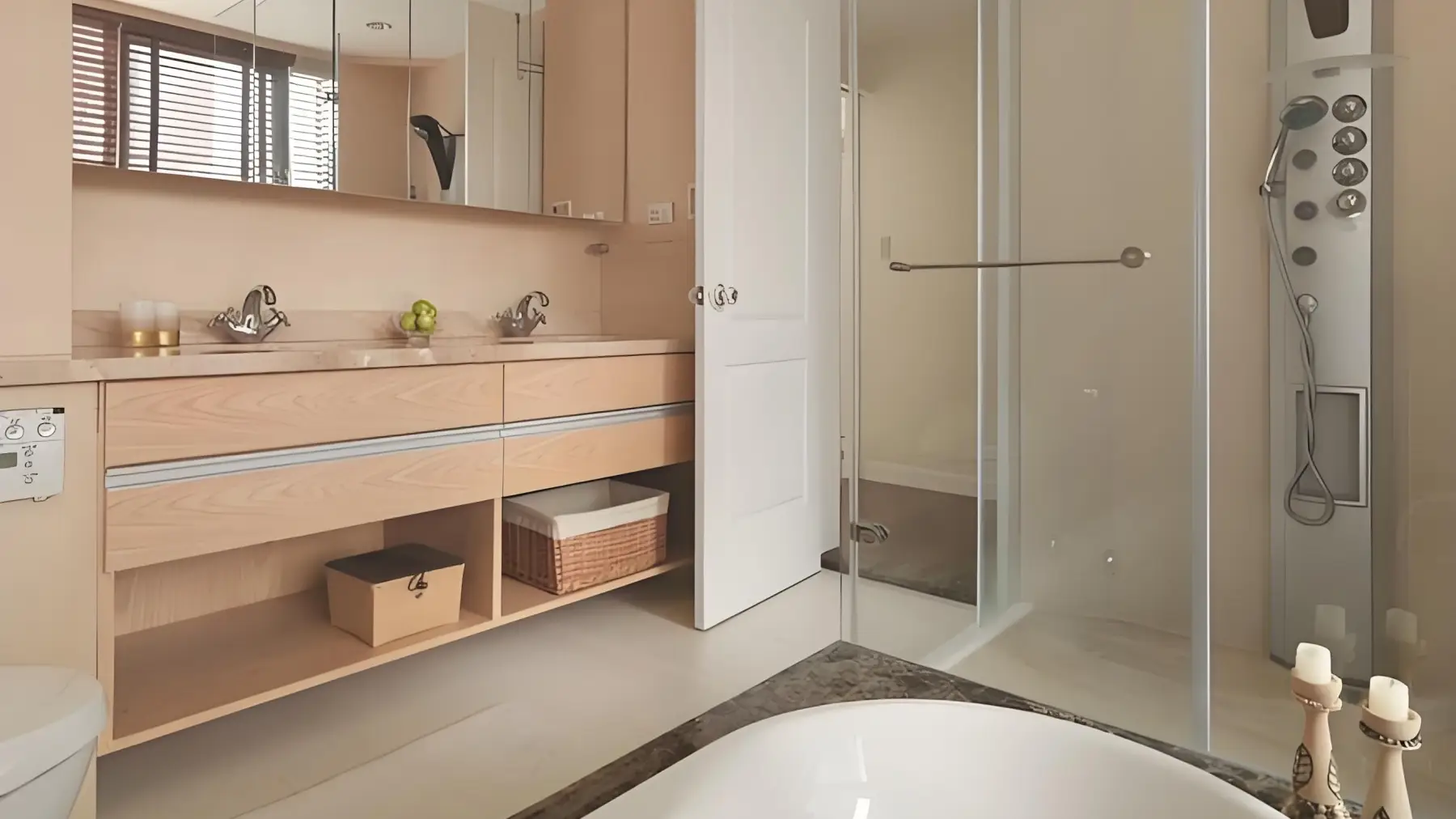
What are the key factors for selecting glue for edge banding machines?
When deciding “Which adhesive should I use for my edge banding machine?”, you can evaluate your choice based on four key dimensions: product positioning, machine configuration, end-user requirements, and overall cost.
What is the market positioning of your furniture products?
Economy market: EVA hot melt adhesive for edge banding remains the most cost-effective option.
Mid- to high-end market: PUR hot melt adhesive for edge banding is strongly recommended, as it can directly enhance the quality and competitiveness of your furniture products.
What is the configuration of your edge banding machine?
Standard edge banding machines: These typically only support EVA hot melt adhesives. Even if modified with a PUR adhesive system, the results may be limited and frequent cleaning will be required. This is because PUR hot melt adhesives demand a completely airtight melting system and a specialized application unit.
PUR-specific edge banding machines: If you plan to manufacture high-end furniture, it is advisable to invest in equipment designed specifically for PUR hot melt adhesives when purchasing new machinery.
Who are your target customers, and what are their end-use requirements?
Your choice of adhesive should align with your target market and customer expectations. If you serve conventional markets with standard performance needs, EVA hot melt adhesive for edge banding is still a viable choice.
However, in high-end markets such as Europe and North America, PUR hot melt adhesive has become the industry standard. If your clients require strong resistance to heat, moisture, or weathering—such as for kitchen or bathroom furniture—PUR hot melt adhesive is the only suitable option.
Consider the overall cost.
At first glance, EVA edge banding hot melt adhesive appears cheaper per unit price. However, due to its higher application volume, the total adhesive cost per square meter is often comparable to that of PUR hot melt adhesive.
The main difference lies in equipment investment: standard EVA edge banding machines are more affordable, resulting in lower initial costs.Yet, over time, potential hidden costs—such as rework, customer complaints, and reduced durability—may offset these savings and even harm your brand reputation.
While PUR edge banding hot melt adhesive has a higher unit price, its application volume is only about half that of EVA hot melt adhesive, resulting in a similar overall bonding cost per square meter. However, its exceptionally high yield rate and superior product performance often translate into greater long-term profitability.
Therefore, when comparing EVA and PUR edge banding hot melt adhesives, there is no absolute winner—only the option that best fits your specific needs.
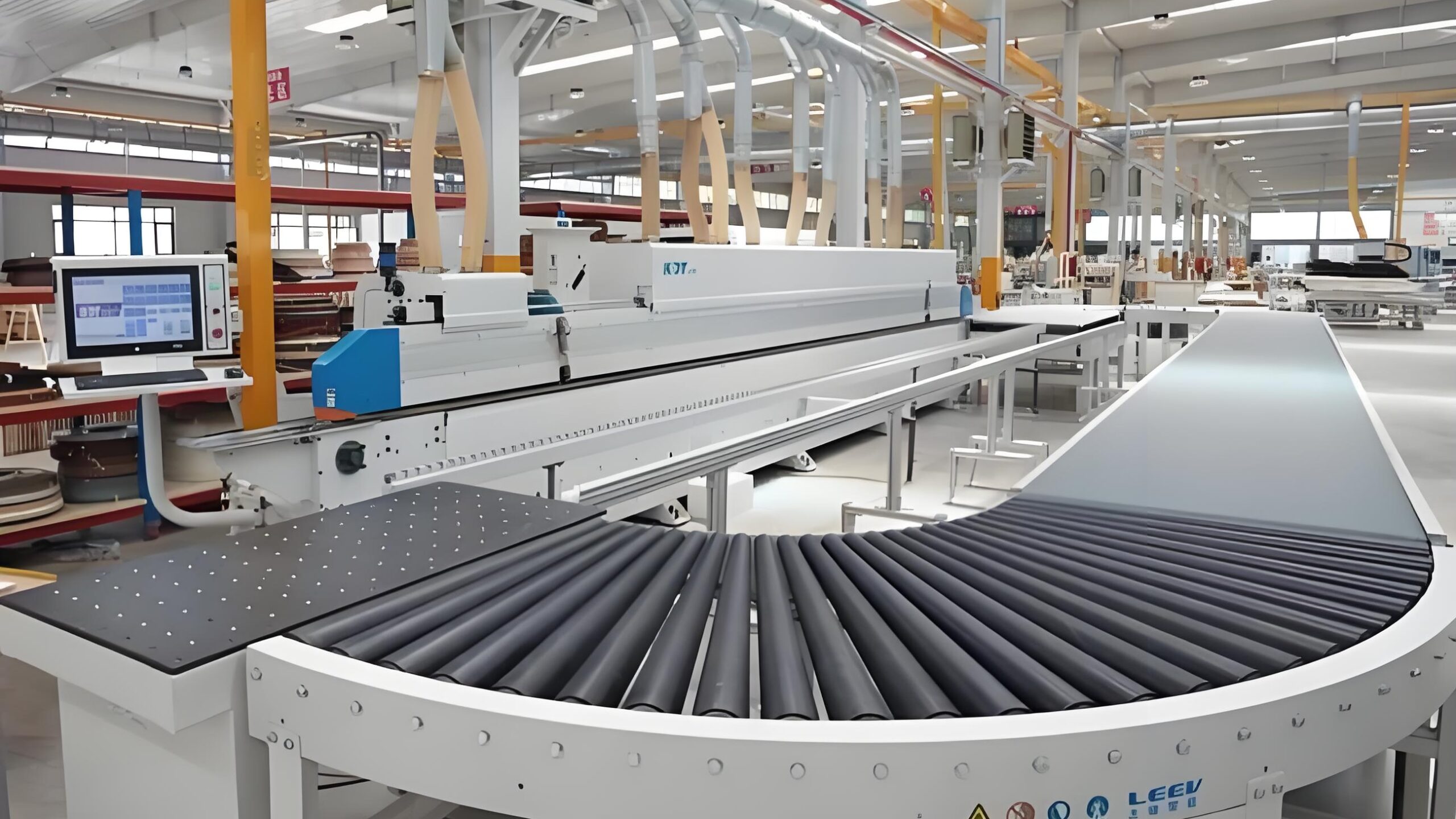
Blue Rhino Adhesive, a leading Chinese manufacturer with over 15 years of expertise in wood edge bonding applications, specializes in producing both EVA and PUR edge banding hot melt adhesives for global furniture manufacturers and adhesive distributors.
Contact us today for free samples and technical consultation.
